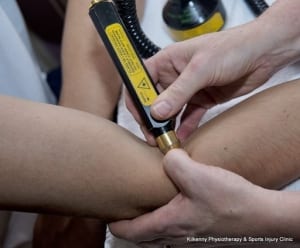Types of Acute Muscle Strain or Ligament Strain
Ankle Sprains
If an excessive force is applied to an ankle, the ligament which holds the bones of the foot to the bones of the leg, may become injured.
Hamstring Strain
When an excessive load is applied to a muscle as it is contracting, or over stretches as it is lengthening some of the fibres may tear.
Groin Strain
The groin pain may be at the front of the hip joint, or slightly above it, in the actual groin area, between the legs, or the pubic bone.
Calf Strain
Calf pain is usually due to a calf strain, cramp or tightness due to overuse of the calf muscle.



